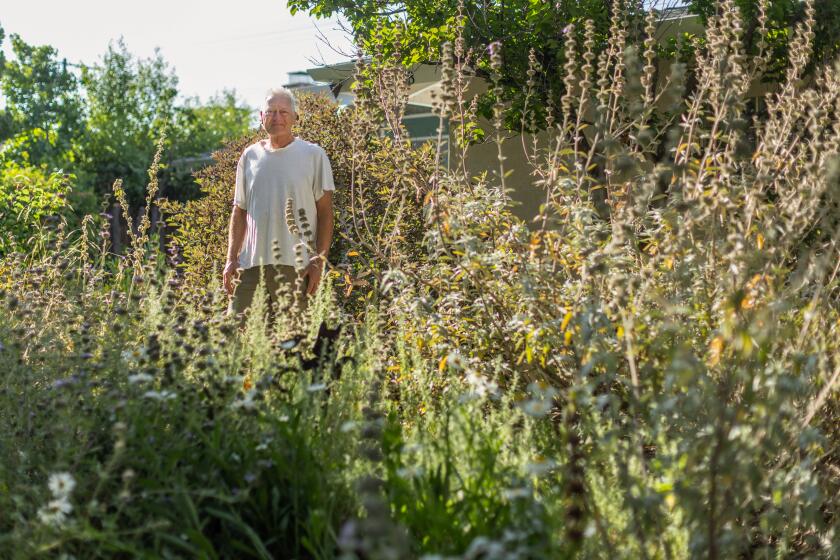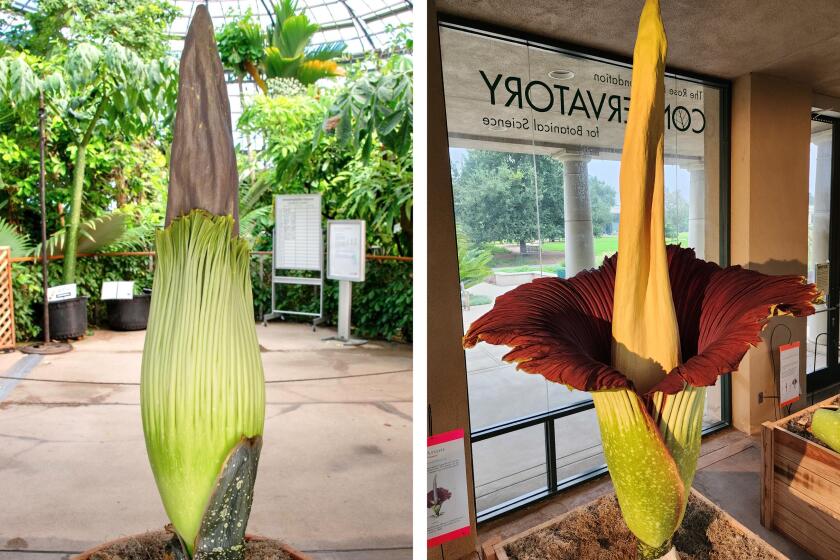ANALYZING SUBSOIL
When open land is subdivided and developed into lots for single-family dwellings, the natural soil is often disturbed and much of the topsoil is removed. In such instances, the areas where home owners intend to do their planting is made up almost entirely of inferior subsoil.
Unfortunately, most subsoils are more compact than topsoil, contain very little organic matter and are devoid of adequate amounts of needed nutrients. Such soil is obviously not the best for establishing a productive and attractive garden.
Before doing any planting, examine the soil so that you can correct any soil-related problems before wasting valuable plants, seed and effort. Start by digging down into the upper two or three feet of the garden soil. Move downward through the soil only a few inches at a time so that each layer can be checked for color and texture. It is best and easiest to do the examination when the soil is moist; use a soil auger or posthole digger.
Black or dark-brown rich-looking soils contain plenty of organic matter. Grey, yellow or red soils are low in organic matter. Mottled or mixed-color soils indicate drainage problems or an occasional high water table.
It is also important that you analyze the texture of the soil. An easy way is to moisten a small amount of soil and rub it between your fingers. Soils high in clay content feel sticky and slippery. Sandy soils feel gritty. Silt-type soil has a consistency not unlike that of flour. A loamy, textured soil is a combination of all three types and is ideal for the garden.
In attempting to correct problems caused by topsoil removal, you have several options. One is to obtain some good topsoil and cover the subsoil with four to six inches of it. Among the sources of good soil are swimming-pool excavation firms. Before accepting delivery, check the soil for quality.
Subsoils compact easily and tend to seal over so that rain and irrigation cannot penetrate. You can correct that condition by adding a sufficient amount of organic matter. Composted leaves, manure, or wood chippings and shavings increase the ability of sand or clay soil to hold moisture. Some of these materials are very low in nitrogen, so extra nitrogen should be added. Include several cups of a fertilizer such as ammonium sulfate with each barrel of materials such as straw, sawdust or bark.
Improved soil penetration is likely to correct extreme conditions of alkalinity or acidity. In general, soils in the Southwest are on the alkaline side; only a few spots along the coast are acidic.
Improving drainage is the usual way to compensate for excess alkalinity. Chemical conditioners such as soil sulfur and gypsum will help in severe cases.



